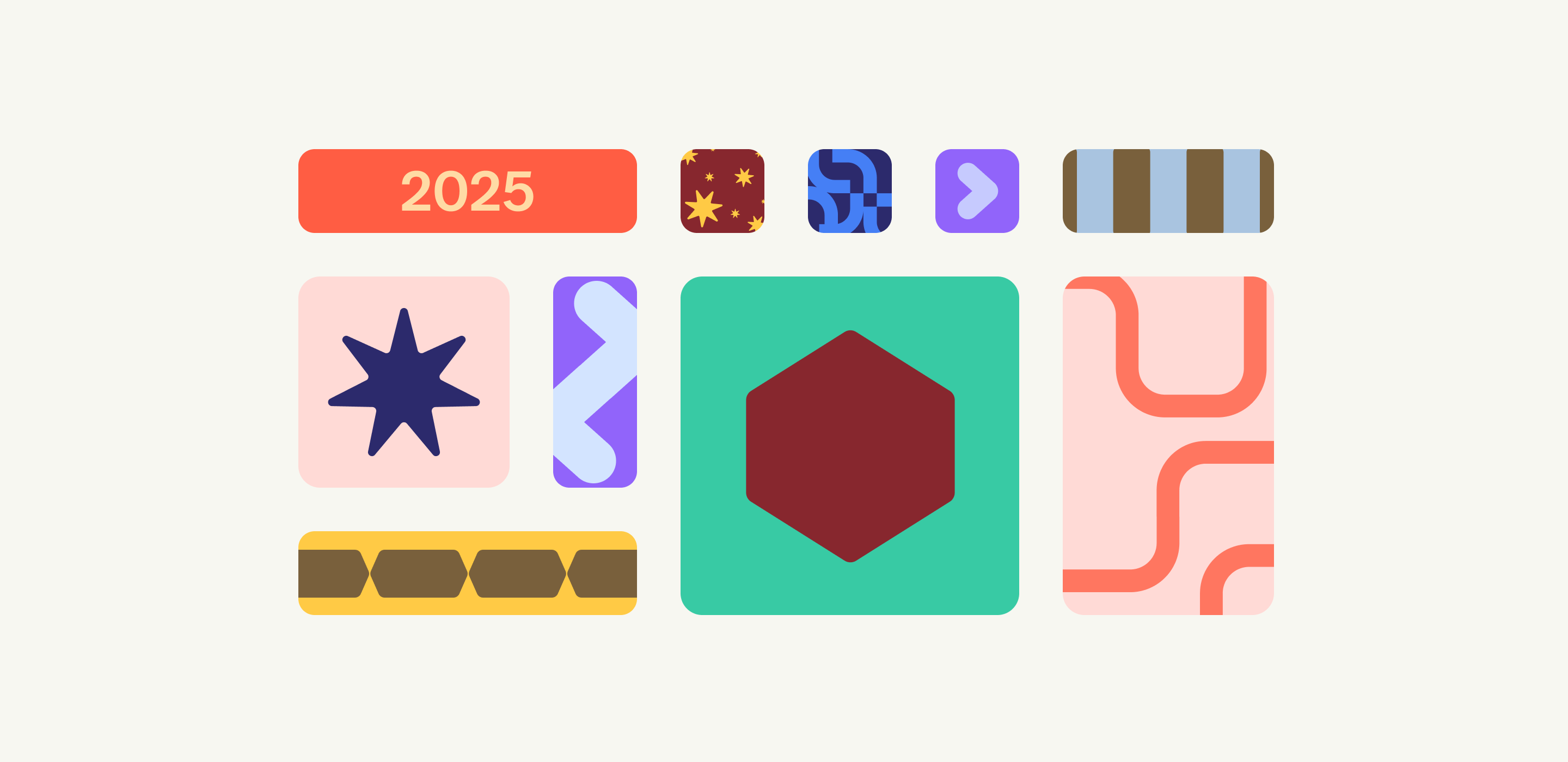6 months later: A reality check on our SMART goals
At the start of the year, we wrote about setting SMART goals (Specific, Measurable, Achievable, Relevant, and Time-bound). We also shared how you could use Dropmark to visualize and organize them: creating collections for each goal, images and links for inspiration, and timelines for accountability.
Six months later, it’s time for us to have a check-in. What has worked? What hasn’t? And how did a visual approach to goal-setting actually hold up?
Spoiler: Some of those boards are thriving. Others…well, they are more like digital time capsules.
Where we stayed on track
Let’s start with the wins, because even small ones count.
Publish at least 2 blog posts per month
We set up a collection just for writing ideas, inspiration, and drafts. Having everything in one place — from content frameworks to screenshots of great posts — made it easier to get started each time. Seeing the board slowly fill up became its own form of motivation.
Curate a library of creative references
Another goal we had was to stop relying on scattered screenshots and saved links that we could never find again. So we built a few boards organized by type: typography, product design, color palettes, UI moments, and even copywriting that resonated with us. Over time, it’s become a living resource to refer back to.
Dropmark made it feel less like hoarding and more like building a creative toolkit; searchable, visual, and way more satisfying than digging through a messy desktop.
These goals worked because they were tied to habits we already enjoyed and because the visuals reminded us why we set them in the first place.
Where things were not so SMART
Learn motion design (1hr/week)
This one seemed great on paper. A collection full of tutorials, cool animations, and courses bookmarked. We underestimated how much mental energy learning a new skill really takes. The board was barely touched after March. 😅
“Improve work/life balance”
This one wasn’t specific or measurable, and it showed in a big way. We had cozy cabin photos, affirmations, and tips like “log off at 6 pm,” but without an actual plan, it stayed aspirational rather than actionable.
What we will try moving forward
Instead of giving up on the goals that drifted, we are rebuilding them with better scaffolding:
More clarity in board titles.
Instead of “Wellness goals,” it’s “Log off by 6 pm (M-F)”
Instead of “Creative habits,” it’s “Make one personal project this month”
Monthly reflection snapshots.
At the end of each month, drop in a screenshot and a note to capture how things felt. Checking in this way makes progress feel more tangible, even if it’s not linear.
Less pressure, more play.
Trying not to treat goals like tasks to complete, but like ongoing areas of curiosity. If a board doesn’t light us up anymore, we should archive it, guilt-free.
The wrapup
So, did it work? Honestly? Kind of. The framework helped us start strong. But the real magic came from checking in, being flexible, and giving ourselves the freedom to adapt as time goes on.
Dropmark helped us see that evolution. Some boards stayed polished and practical. Others turned into beautiful messes. All of them taught us something.
